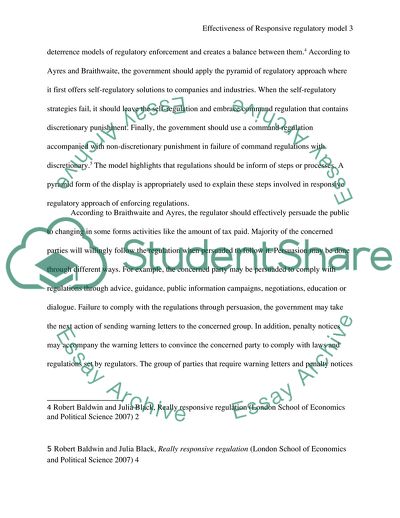Cite this document
(The Responsive Regulation Model Case Study Example | Topics and Well Written Essays - 2418 words, n.d.)
The Responsive Regulation Model Case Study Example | Topics and Well Written Essays - 2418 words. Retrieved from https://studentshare.org/law/1811124-elements-of-commercial-and-consumer-law
The Responsive Regulation Model Case Study Example | Topics and Well Written Essays - 2418 words. Retrieved from https://studentshare.org/law/1811124-elements-of-commercial-and-consumer-law
(The Responsive Regulation Model Case Study Example | Topics and Well Written Essays - 2418 Words)
The Responsive Regulation Model Case Study Example | Topics and Well Written Essays - 2418 Words. https://studentshare.org/law/1811124-elements-of-commercial-and-consumer-law.
The Responsive Regulation Model Case Study Example | Topics and Well Written Essays - 2418 Words. https://studentshare.org/law/1811124-elements-of-commercial-and-consumer-law.
“The Responsive Regulation Model Case Study Example | Topics and Well Written Essays - 2418 Words”, n.d. https://studentshare.org/law/1811124-elements-of-commercial-and-consumer-law.


